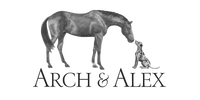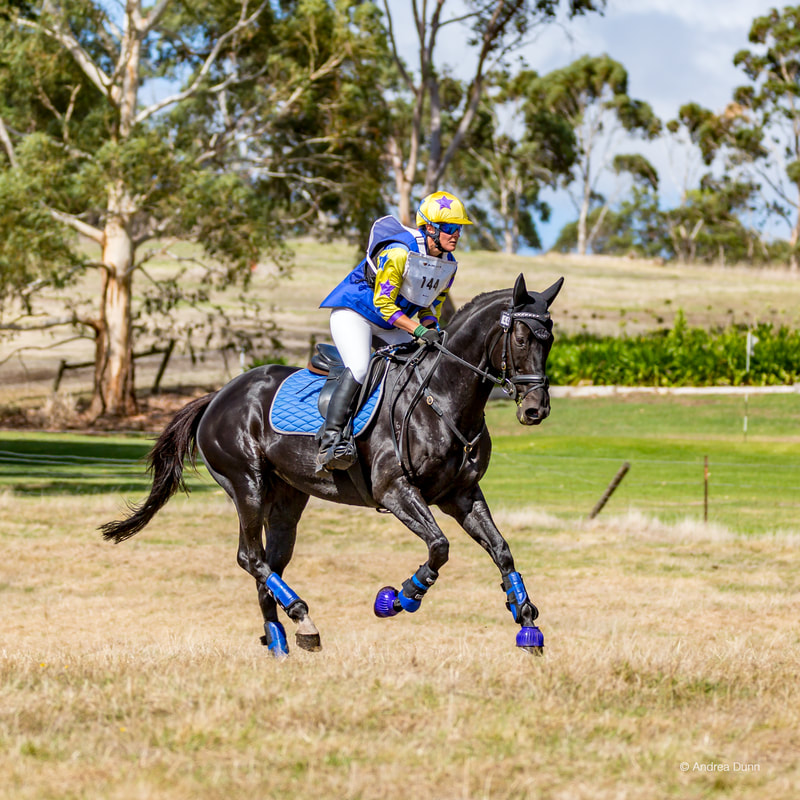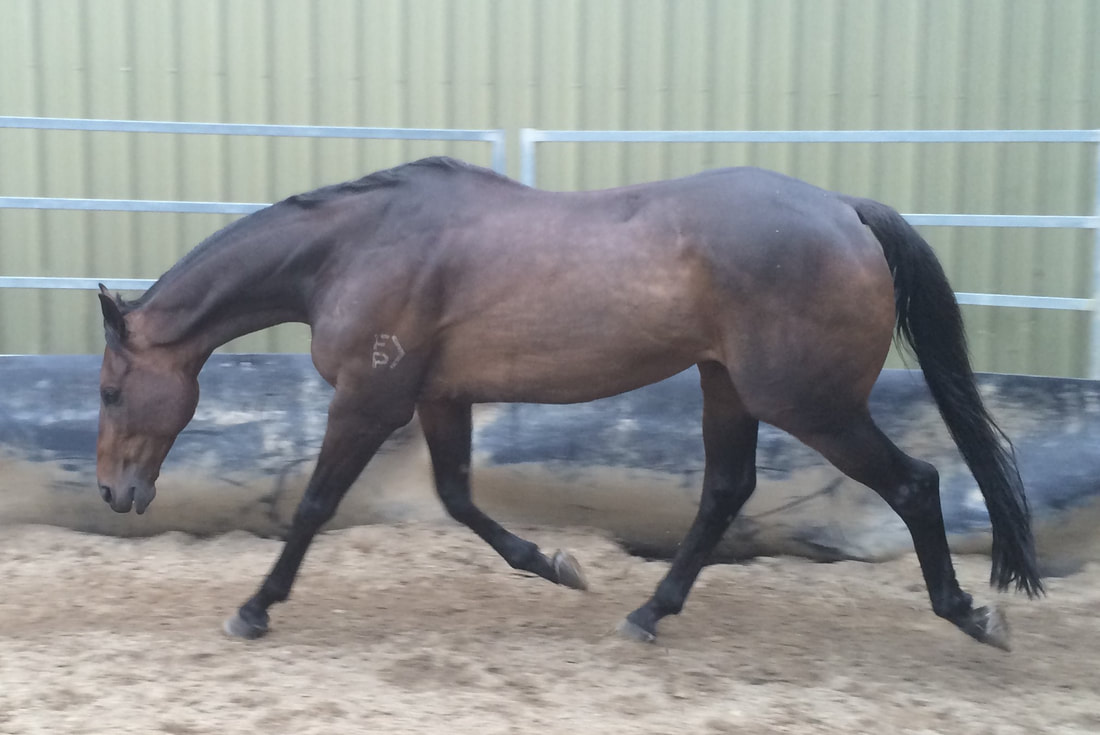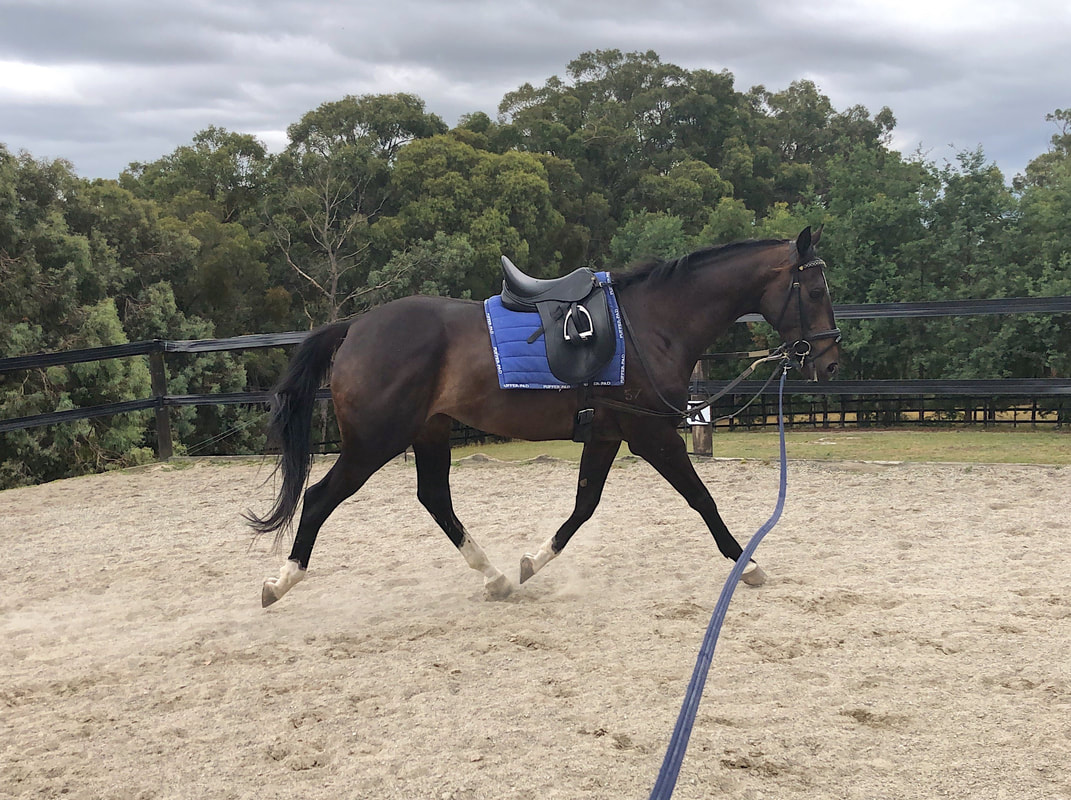|
In this blog, we speak to Racing Victoria’s acknowledged off-the-track retrainer, Lyn Shand who has extensive experience as a retrainer and NCAS coach. Lyn is the owner of Equus, a horse training facility based in Nar Nar Goon North, Victoria which she runs with her partner, Jamie Bayliss. Lyn is also one of the founders of Beyond Racing Ltd, a registered not-for-profit which provides retraining and rehabilitation support to retired racehorses so they can be successfully rehomed once their racing days are over.
What is the biggest lesson you have learnt from being a retrainer? The biggest lesson I have learnt is to always check in and ask myself “is that what I actually asked for?” Horses live very much in the present and their communication relates to right now. Most of their language is communicated through body language, whereas humans use mostly verbal language. To gain greater connections with our horses, we need to learn their language. What is groundwork and why is it a useful tool? We often start our retraining program with some groundwork. Groundwork enables us to assess horses in a variety of areas before we ride. We can evaluate so many things from the ground, including temperament, movement, soundness, ground manners, responsiveness and trainability. I like to free lunge horses at first to see how they respond to my body language, whilst also assessing theirs. Working with a horse on the ground is similar to building a foundation for a house. Having solid foundations makes the training process much easier. Once we have a relaxed horse to work with, we can progress the training and start working on balance and rhythm.
We can use groundwork as a development tool to build muscles and strength, keeping in mind a horse coming off the racetrack will need time to adjust to this new vocation, along with learning new ways of doing things. The horse needs to build up the correct muscles for his new job, learn to relax and carry himself on smaller circles before adding a rider. The horse can then, over time, develop balance in the paces and through transitions. Groundwork is also an excellent way to develop our human/horse relationship as we use a lot of body language when asking horses to perform tasks from the ground. What training principles should you follow when training horses? Firstly, you must be consistent. Consistency is essential in training horses. Horses learn through consistency and if we consistently ask for something to be done correctly and reward their good behavior immediately, they learn from it. There is no use asking for something to be done correctly only half of the time. Again, we as trainers need to constantly question “did I ask correctly?”, particularly if the response from our horse is not the correct one. Most of the time, it is us not asking correctly. Secondly, there should be a system of discipline and reward. This is sometimes referred to as pressure and release training. We always encourage the horse to respond to pressure and instantly reward the desired response by releasing that pressure or providing a reward. During groundwork, we may ask a horse to move away from pressure by positioning our lunge whip towards the shoulders of the horse and when the horse moves away, we can reward that response. The reward can be a release of pressure or acknowledging verbally, so through consistent training, the horse learns to respond to light pressure. What are the main techniques used in groundwork? The main techniques used in groundwork are lungeing, long reining and leader work. Lungeing is another fantastic way to work with horses on the ground. Some people think lungeing is as simple as standing in the middle of the circle and have the horse go around you in circles. It is so much more than that! To become good at lungeing can take years of practice and the more you do it, the better you tend to get at it. Lungeing can be a fabulous way to communicate to the horse about rein and leg pressure. Whilst lungeing, your lunge whip is like using your leg if you were riding, so the position and action of the lunge whip is important. Horses love variety, so the less round and round in circles at the same pace, the better. Some great exercises on the lunge include plenty of transitions, voice command training, training variations in paces (eg faster and slower trot), teaching the horse to balance (eg halts and half halts) and work over poles. Keeping lunge lessons reasonably short (eg 20 minutes) is beneficial, as small circles can be quite strenuous on horses’ legs. Whenever we introduce side reins, we do so gradually and always warm the horse up first without them. When we do clip them on for the first time, we make sure they are reasonably loose, so they are not restricting the horse too much. Tight side reins could cause a horse to panic. Side reins, when used correctly should encourage the horse and provide a balancing effect, which assists the horse to understand the correct effect of the bridle. The horse should learn to work forward, into the bridle, whilst using his hind legs to power his body forward and be comfortable in doing so. Long reining is a wonderful groundwork technique which really is as close to riding from the ground as you can get. It involves having two reins, one clipped either side of the horses’ bit. Long reining can be carried out in a straight line and on circles. It is a great tool to continue the work of teaching horses rein and leg pressure and is extremely useful in breaking in also. It can be tricky to learn and does take a good deal of practice. I would highly recommend anyone wanting to learn this technique to seek professional guidance as the value of good long reining is hard to put a price on! Leader work is another technique we use in our groundwork training. We ask the horses to respect us as their new leader. Since horses feel secure in a herd environment, establishing a clear leadership role encourages them to relax and allows progression in their training. I often explain this concept like a mother holding a toddler’s hand to cross the road. The child will be confident whilst the mother is holding their hand, as the mother has created a sense of leadership and confidence that her child can trust in. Horses are more secure when they have someone confidently showing them the way forward and are likely to progress well in their training this way. Any last words of wisdom? Groundwork is amazing for both physical and mental growth and establishing new muscle memory without adding the pressure of the rider and everything we do in groundwork will improve the ridden work. The value of good groundwork in retraining cannot be underestimated. Feel free to check out www.equus.net.au if you would like more information about retraining or coaching, and www.beyondracing.org.au for more information on supporting the rehoming of off-the-track thoroughbreds..
1 Comment
|
CUSTOMER SERVICE
|
© COPYRIGHT ARCH & ALEX PTY LTD
Logo artwork by Lyn Beaumont |




 RSS Feed
RSS Feed